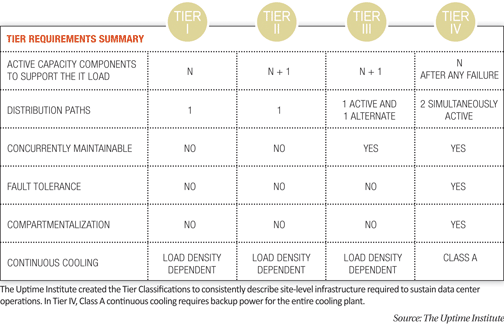|
It's not very often that you can get Microsoft, AOL and Google to all agree on something. One thing they do have in common, though, is membership in the 7x24 Exchange.
The 7x24 Exchange is a non-profit organization that aims to help companies learn from and share ideas with each other on how best to design, build, operate and maintain mission critical infrastructures.
The Exchange holds two conferences each year, in the spring and fall, as well as publishing a twice-yearly magazine. While each conference has a theme — the Spring 2012 conference's is "Thought Leadership" — the presentations retain a technical focus, says Bob Cassiliano, chairman of the board.
"Sessions on data center construction, co-location facilities and industry trends are presented by experts in the field," Cassiliano says. "There have been presentations by Sun on containerization, Yahoo on their 'chicken coop' design and most recently a talk on eco-DC at Deutsche Bank."
As for the types of things 7x24 Exchange members will be dealing with, Cassiliano says that one area where there has been a big shift is in the rise of co-location, as co-location sites have improved security and resiliency while allowing for no upfront capital outlay.
"As an example of a change in mindset, financial services companies would never have shared space with a competitor in the same data center or had a production application run at a co-location site. They do now," he says.
But for companies that build their own data centers, the trend is to evaluate not just location, but what's actually being run on the servers.
"Companies building their own data centers are looking at locations that provide for low-cost energy and climates that allow for optimum leverage of free cooling," Cassiliano says. "Additionally they are taking a closer look at classifying applications and running the critical apps at a Tier 3 or 4 facility and less critical apps at a Tier 1 or 2 facility, thereby making efficient use of capital."
— Casey Laughman, managing editor |















